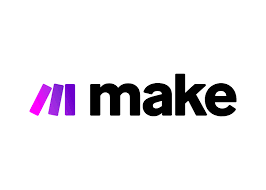
Make is a powerful, visual automation platform that scales from simple hand offs automation to complex, AI driven systems. It pairs a huge integration catalog (2,700+ apps) with AI Agents for goal seeking automations and Make Grid for system wide observability, great for teams that need both speed and governance. The pricing is usage based around “operations”, so frequent polling and debugging can eat up your quota fast.
Price: Starts at $9/month | Free plan: Yes
PROS AND CONS
PROs
- Excellent visual editor for complex flows
- Advanced, specific error handling modules
- Powerful developer tools and API
- Real-time execution log for debugging
- Useful native data storage feature
CONs
- Operation costs can be very confusing
- Free plan is too limited for production
- Steep learning curve for non-technical users
- Can be slow with very large data sets
In Depth Exploration
Make shines when you need to connect dozens of SaaS tools and move data between them without code. Typical scenarios are event driven: a webhook fires, data is cleaned/mapped, then routed to CRMs, help desks, spreadsheets, email, or databases. The visual editor makes it easy to build multi step flows, great for lead capture, ticket handoffs, order ops, billing updates, and cross app notifications.
It’s also strong for AI infused automations: call LLMs to summarize, classify, translate, or enrich records as they pass through, then branch logic based on results. Teams layer this into daily ops marketing, RevOps, support so repetitive work runs itself while humans step in only for approvals or exceptions.
Setup
Getting started is very easy. Sign up with an email, no credit card needed, open the template library, and choose a blueprint you want to use. then click Start guided setup. The flow is the same for any template: confirm the trigger the template uses (webhook, watch task, etc.) and authenticate it, connect each app module as you’re prompted; map fields in the mappers (what goes into the prompt, what posts to each destination) and run a test. If the test looks right, add any quick filters/error handlers, choose Schedule or keep it webhook triggered, rename the scenario, and turn it on.
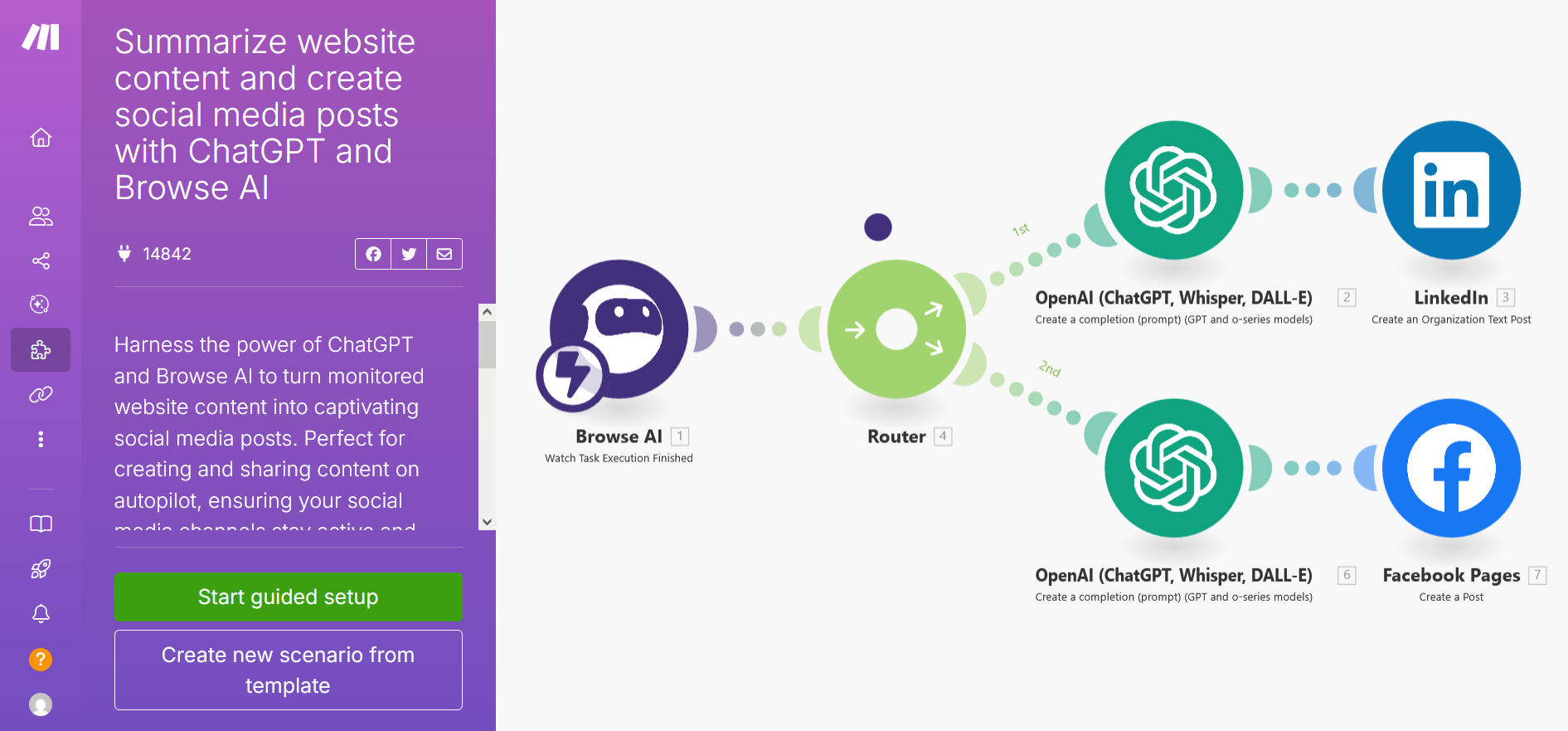
Performance
Performance is largely tied to the APIs you connect. My 6-step workflow averaged about 3.1 seconds per run. The most critical performance metric, however, is operation consumption. A scheduled trigger uses one operation every time it runs. This happens even if it finds no new data to process.
For example, a scenario checking for new files every 15 minutes will consume 96 operations per day (4 checks/hr * 24 hrs). This uses nearly 10% of the free plan’s monthly allowance daily, just by existing. I found zero errors in data mapping, as the visual interface makes it very clear where each data point is going.
Integrations
Make lists over 2,000 app integrations, covering all the major players like Google, Salesforce, and Slack. But its true strength isn’t the number of pre built connectors. It’s the ability to build your own. Using the Make API (available on all paid plans) and the custom app builder, you can connect to almost any service with an API. I found this particularly useful for an internal tool our team uses. Instead of waiting for official support, a developer could build a custom connector in an afternoon. This extensibility is a major plus for technical teams.
Pricing & Value
The pricing model is both flexible and potentially confusing. Tiers like Core ($9/mo) and Pro ($16/mo) give you a base of 10,000 operations. You pay for more operations as you need them. Unused operations do not roll over on monthly plans. The key is understanding task cost. A simple daily report might only use 30 operations per month.
However, a workflow checking an API every minute will consume over 43,000 operations monthly. This immediately puts you into a higher-priced plan ($29/mo or more). If you run out, you can buy 10,000 extra operations for $10. The value is clear: you are paying for fine grained control and complexity, not just simple connections.
Learning & Support
Do not expect to master Make in an hour. While the visual builder is intuitive, the concepts are not. You need a basic grasp of data structures like arrays and JSON. You have to think like a developer to build efficient scenarios that don’t burn through operations. The platform’s documentation is extensive and well written. The community forums are also active. I submitted a support ticket on the free plan with a question about data stores and received a helpful reply in just under 24 hours, which is quite reasonable.
Disclosure This page contains an affiliate link. If you purchase through it, we may earn a commission at no extra cost to you.
Main Features
- Automate Visually.
- Build resilient, stable workflows.
- Create complex conditional paths.
- Store data between runs.
- Integrate with any API.
- Build scenarios with text prompts.
More Reviews
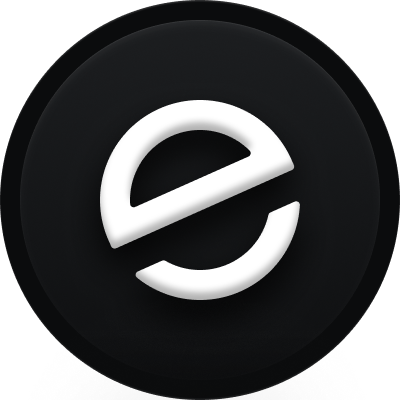
Emergent
Emergent Review: Last updated – Sep 2025 Emergent is a new ambitious agentic vibe coding platform that can turn a plain English prompt into a
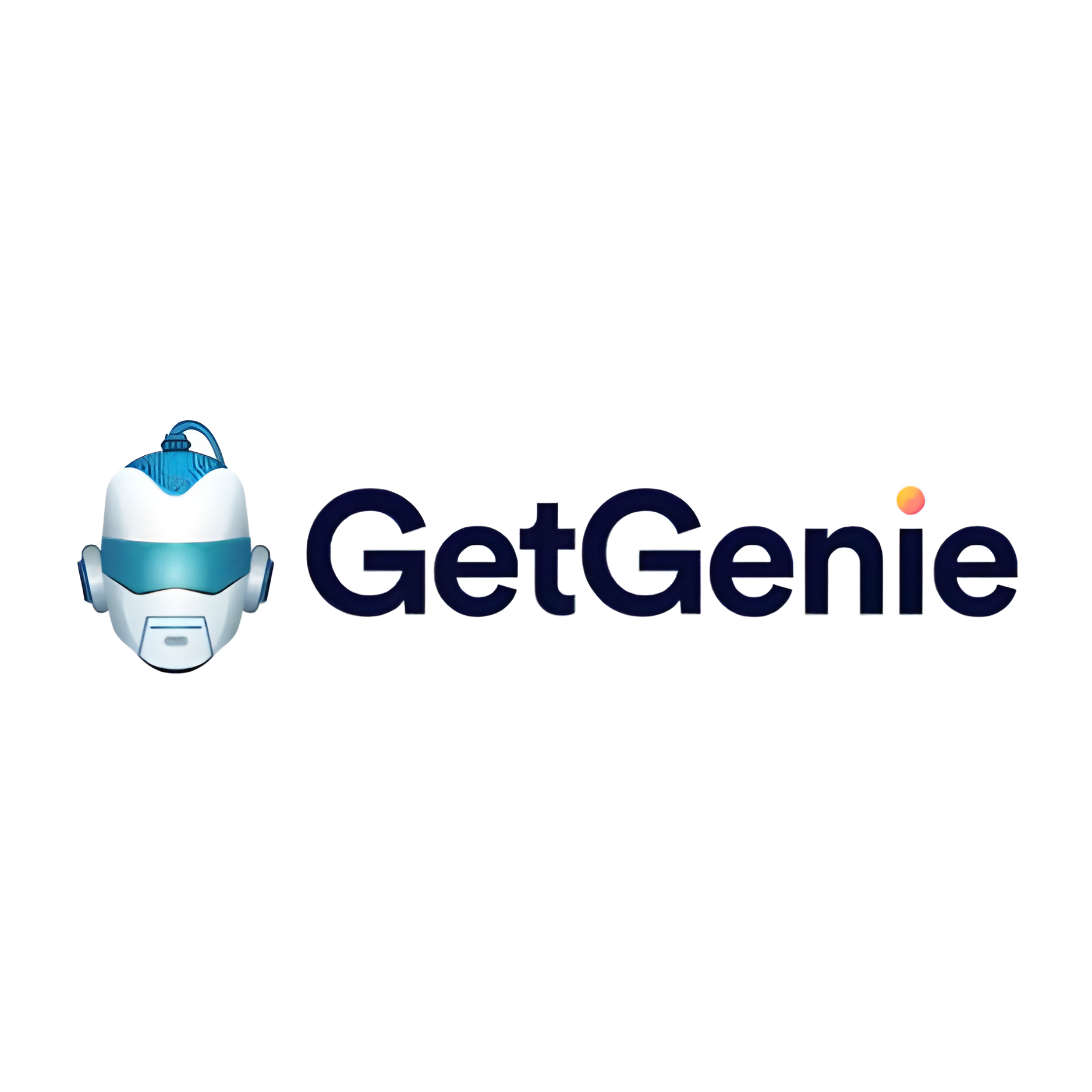
GetGenie AI
GetGenie AI is a remarkably capable assistant for those who live inside the WordPress dashboard, bundling an AI writer, SEO, and competitor analysis tool into one package. It’s ideal if you are juggling multiple tools and subscriptions.
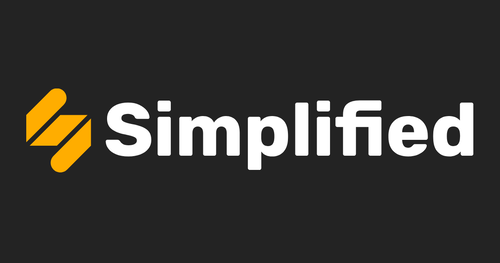
Simplified AI
Simplified AI is an the all in one content creation suite for creators looking to consolidate their tool stack. It bundles an AI writer, designer, video editor, and social media scheduler into a single dashboard, it’s a true productivity multiplier for general marketing tasks.
FAQ
An operation is any single action a module performs. This includes a trigger checking for new data, an action creating a record, or an iterator processing a list. Routers are free.
They serve different needs. Zapier is often better for simple, two app connections due to its ease of use. Make.com is superior for complex, multi step workflows requiring advanced logic and error handling.
Yes, there is a free plan with 1,000 operations/month and two active scenarios. It’s best suited for learning and light personal use, not for business critical tasks.
The minimum interval is 15 minutes on the Free plan. All paid plans, starting with the Core tier, allow for intervals as short as 1 minute.
Yes, a full featured API is available on all paid subscription plans. It allows for programmatic management of your scenarios, users, and more.
It has a moderate to steep learning curve for non technical users. A basic understanding of data flow, APIs, and logical conditions is necessary to use it effectively.


